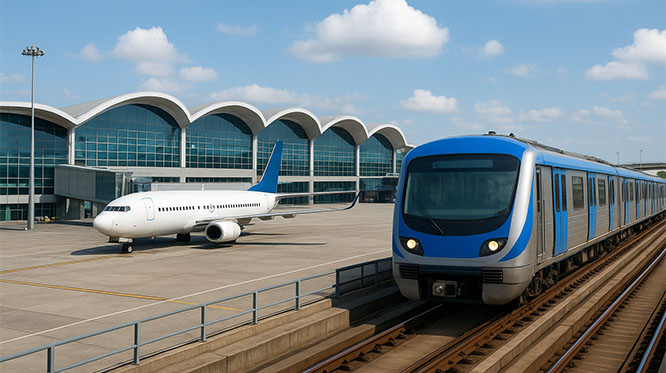Mangaluru, Nov 16: There was heavy rush at the Wenlock Hospital in Mangaluru, District Government Hospital in Udupi, taluk hospitals and Community Health Centres (CHCs) in the twin districts owing to the protest by private medical establishments against the proposed Karnataka Private Medical Establishments (Amendment) Bill, 2017, on Thursday.
Wenlock Hospital, which receives an average of 1,000 to 1,100 outpatients a day, witnessed an additional rush due to the strike by private hospitals on Thursday. Though patients had to wait at the outpatient department at Wenlock Hospital all were treated at the hospital.
Superintendent of Wenlock Hospital H R Rajeshwari Devi said that the hospital treated about 1,700 patients at the OPD of the hospital.
A release from Fr Muller Medical College in Mangaluru said that all ICU beds in the hospital were full for the last two days. Those patients who needed ventillators and ICU care were sent to another set up, the release stated.
Madhusudhan Nayak, Udupi District Surgeon, said that there was double the number of patients who usually visit the District Government Hospital here. Usually the District Government Hospital has about 110 in-patients, but on Thursday, it had 151 in-patients.
“Normally, we used to get about 500 patients a day in Outpatient Department. But today, we had about 900 patients till 7 p.m. The Emergency and Trauma Ward received most patients and it was very busy. It received over 70 patients. The hospital pharmacy had been directed to remain open round-the-clock,” he said.
Rohini, Udupi District Health and Family Welfare Officer, said that there was quite a heavy flow of patients at the taluk hospitals in Kundapur and Karkala and also in the Community Health Centres in the district. The inflow of patients in the Primary Health Centres was also high, she said.








Comments
Add new comment